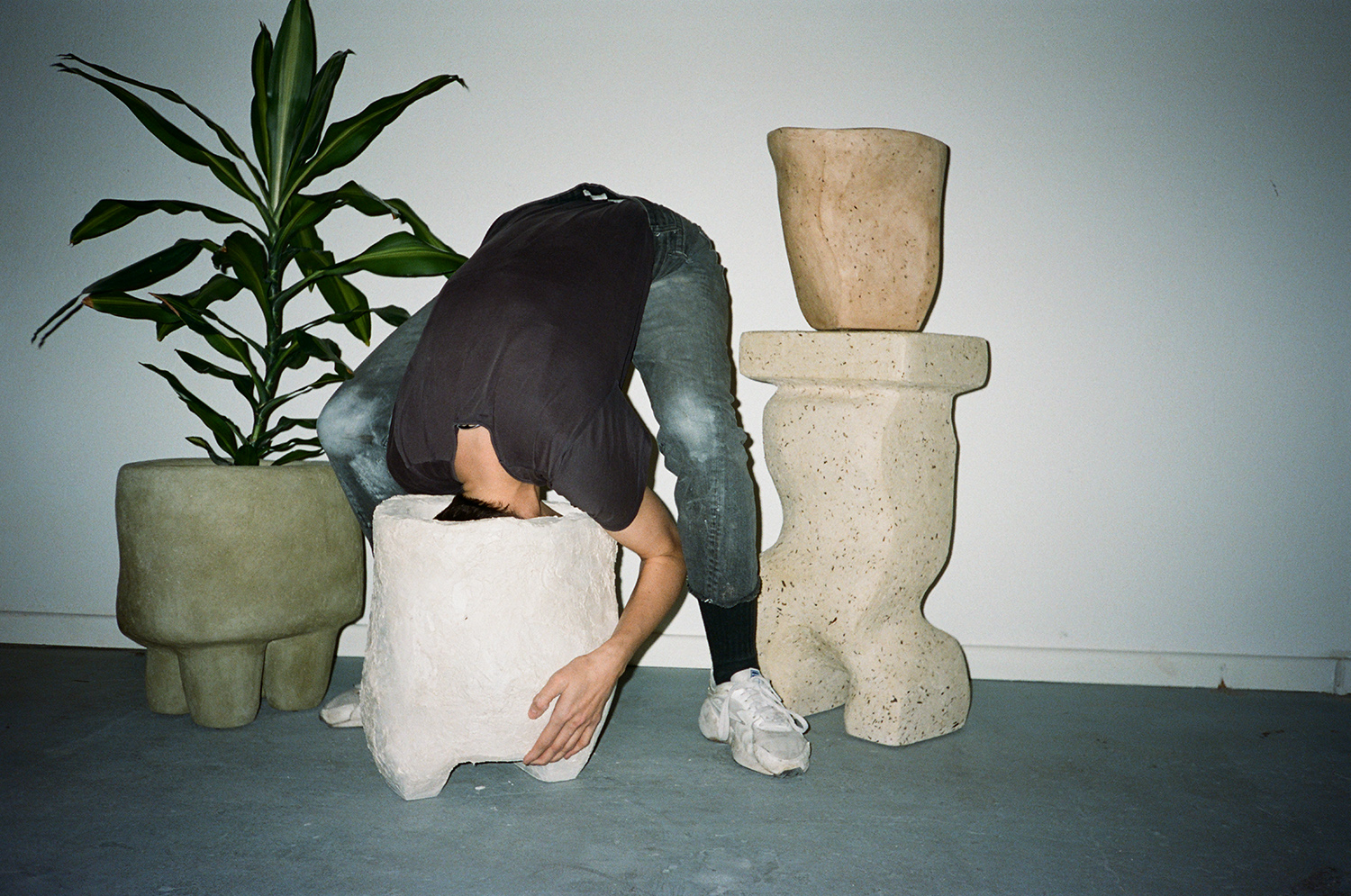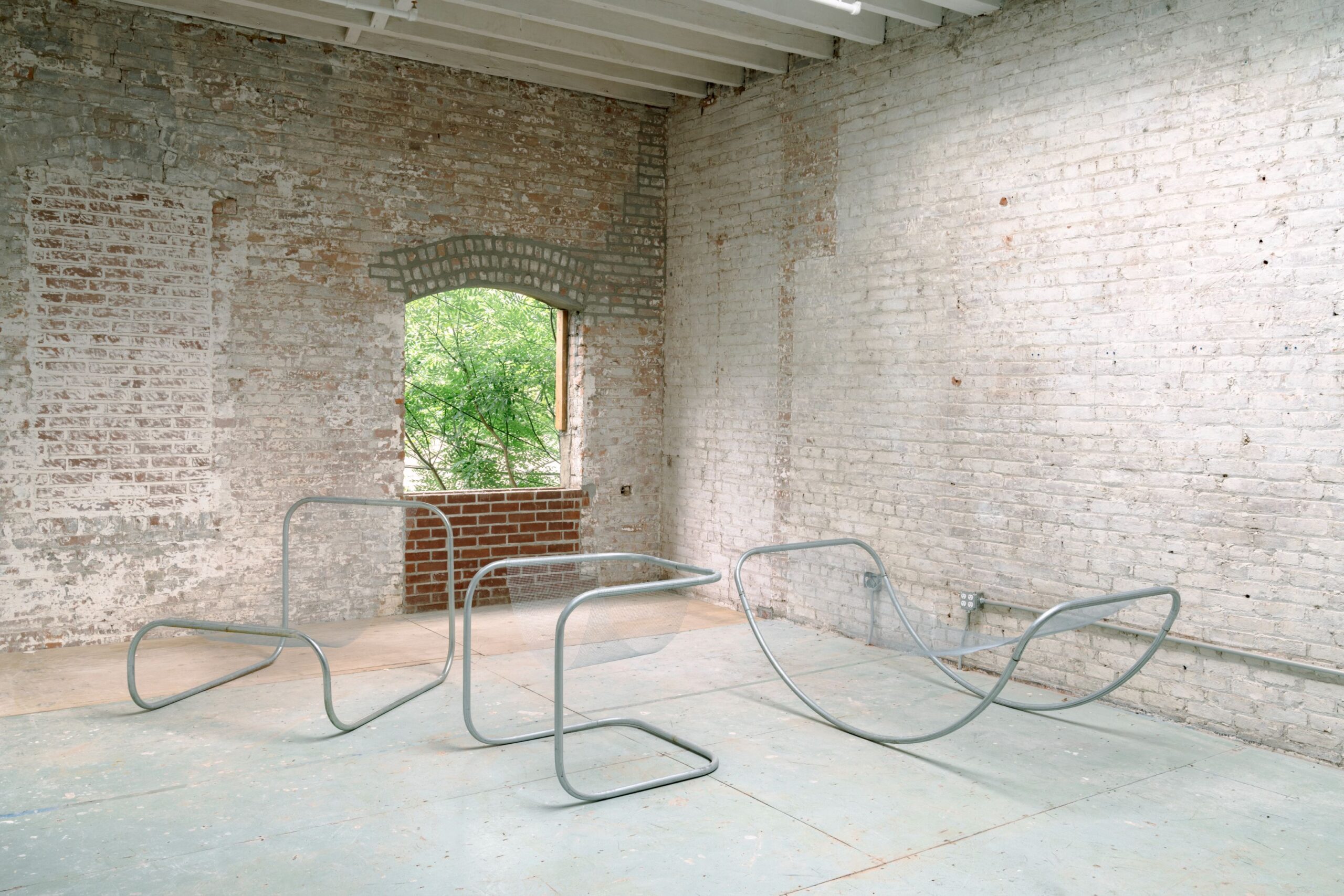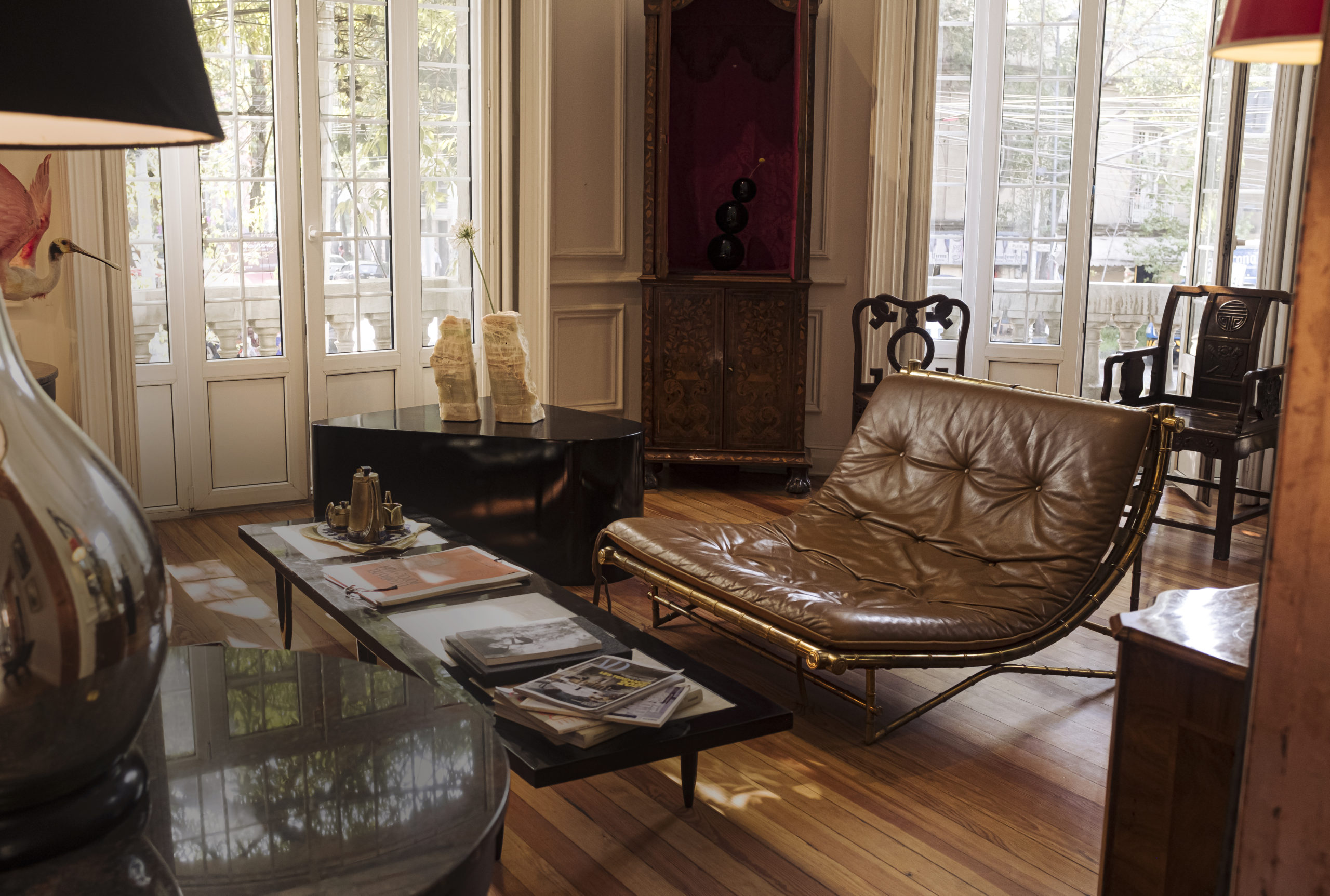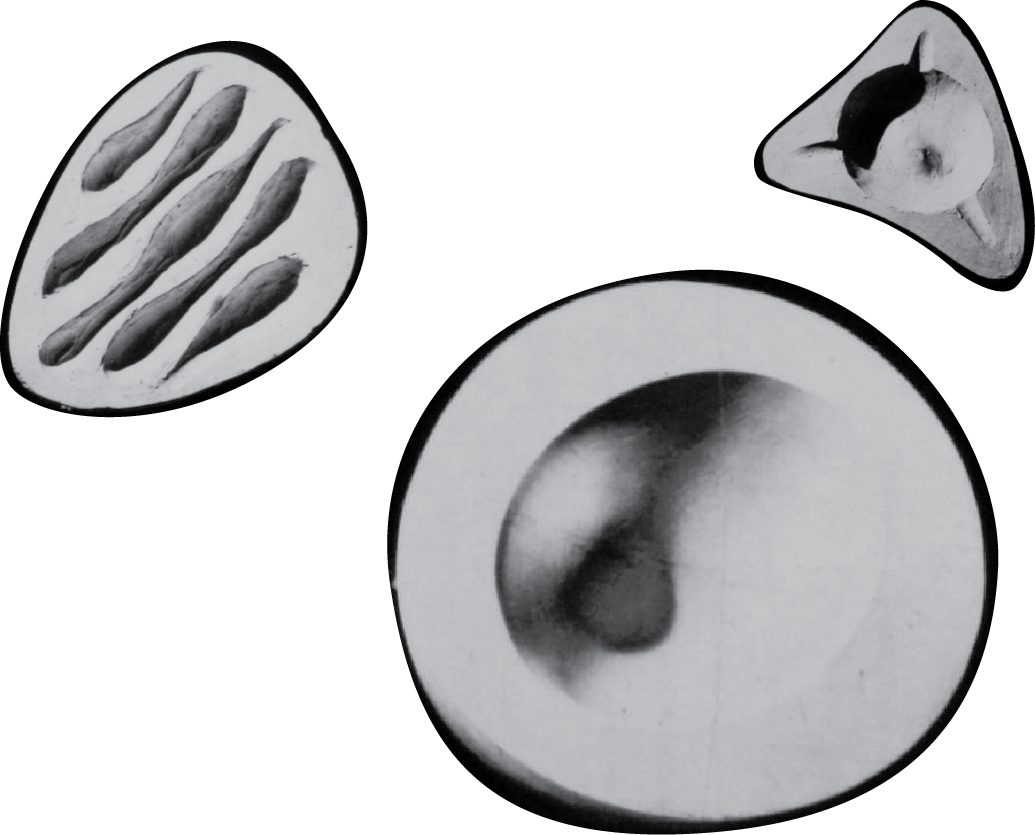RCR ARQUITECTES ILLUSTRATIVE PROCESS CAPTURES THE MEMORY OF AN ATMOSPHERE
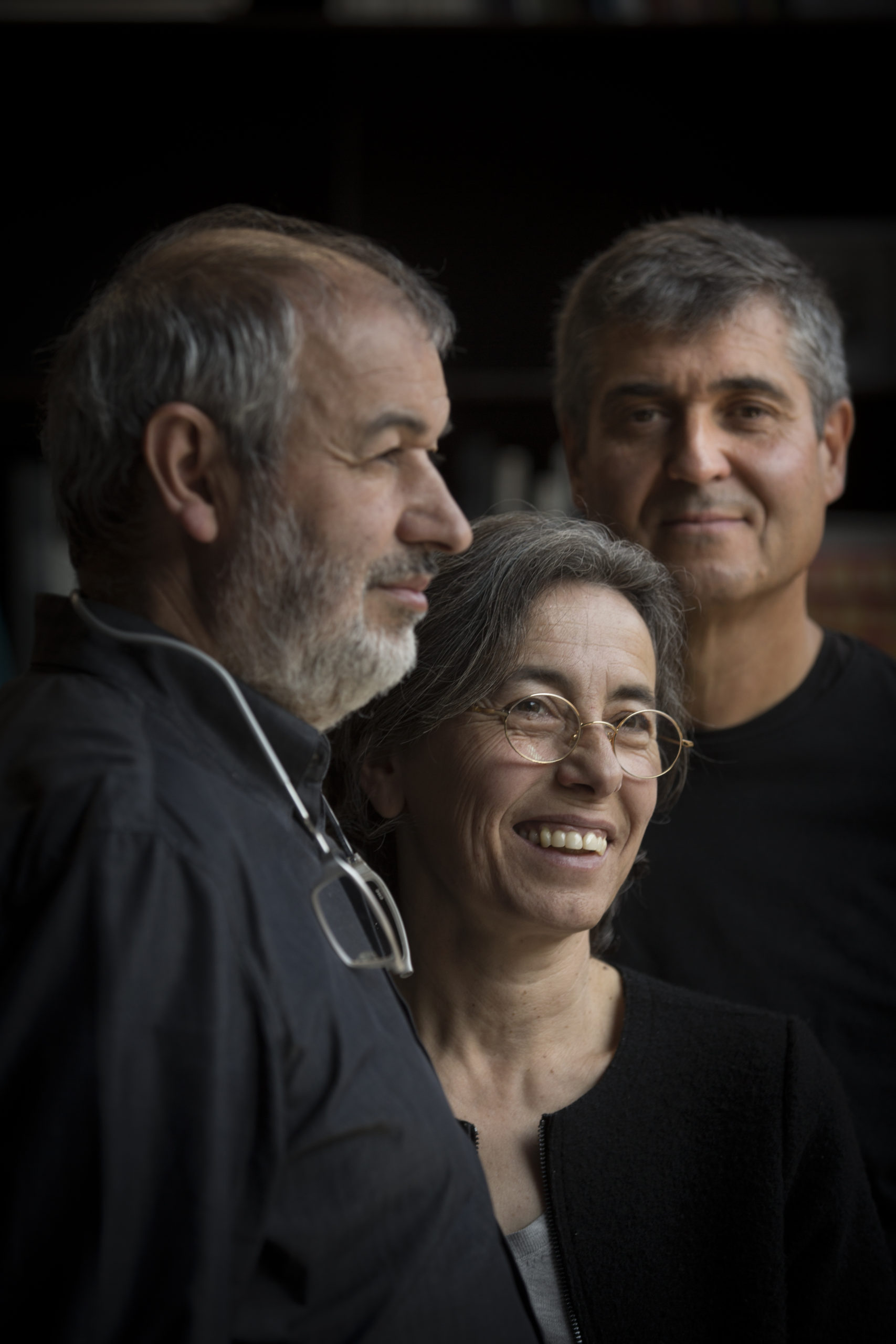
Rafael Aranda, Carme Pigem and Ramón Vilalta, founded RCR Arquitectes in 1988 in their hometown of Olot, Spain surrounded by scattered volcanoes and varied lush vegetation. The Pritzker Architecture Prize winning studio is praised for such works as the Soulages Museum in Rodez, France made of weathered steel-clad boxes and their own studio, Barberí Laboratory, built within the renovated walls of a foundry. At the heart of their practice is the extensive application of gouache and ink drawings they create to express the abstraction of architecture. A language that links the conceptual world with the concrete, their ink gouaches ‘are similar to the liquid world of dreams’ that lend themselves to seduce and inspire the creative process while making a path toward the materialization of built space.
Their achievements as architects stem from their decision in the 80’s to go against the grain. At that time they were told that operating outside of urban centers like Barcelona, would render them irrelevant, however what it did was allow them to commit to their own approach. The trio describe the human visceral experience of your surroundings as an understanding of place. This sense of place rooted in the landscape, whether natural or urban, is essential to their practice. ‘We have sought an architecture that excites and that is possible if you connect body, mind and soul with what you do.’
In this interview with MATERIA, RCR Arquitectes principles Rafael Aranda, Carme Pigem and Ramón Vilalta share their creative origins, artistic practice and their perspective on the relationship between art and architecture.
MATERIA: Let’s start with your origin stories.
RCR ARQUITECTES: We grew up in Olot, a small town of 30,000 inhabitants with a very unique volcanic landscape, varied and often lush vegetation—oak groves, oak and beech tree forests of exceptional landscape value. This landscape has influenced our way of designing and as creative people by recognizing the value and beauty of nature. Also as a source of knowledge and experience. That is why we conceive of our architecture as landscape.
MATERIA: Tell us how the three of you found each other and began RCR in 1988?
RCR: Rafael and Ramon met in high school and went to study together at the Vallès School of Architecture. That’s where the three of us met. At the end of our studies we decided to return to our hometown with the idea of doing architecture with capital letters, a project that our school teachers considered nonsense, even predicting that what we had to do as architects, we had already done. In those days, working outside of a city was tantamount to doing insignificant projects. However, we also followed the advice of another professor, to not accept just any assignment, no matter how attractive it might seem. We declined a tourist housing development and sought our own way of approaching architecture. In that wake came the participation in a national competition for a lighthouse in the Canary Islands that would mark our trajectory because we questioned the typology of the lighthouse as a tower and asked ourselves what a lighthouse was. This led us to an arm extended over the cliff with a light at the tip reminiscent of an oil lamp. The project won the competition, although it was not built, it gave us visibility.
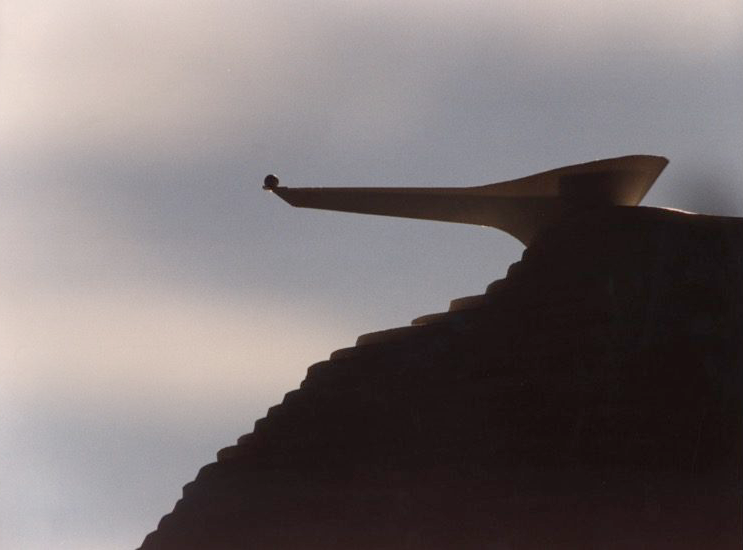
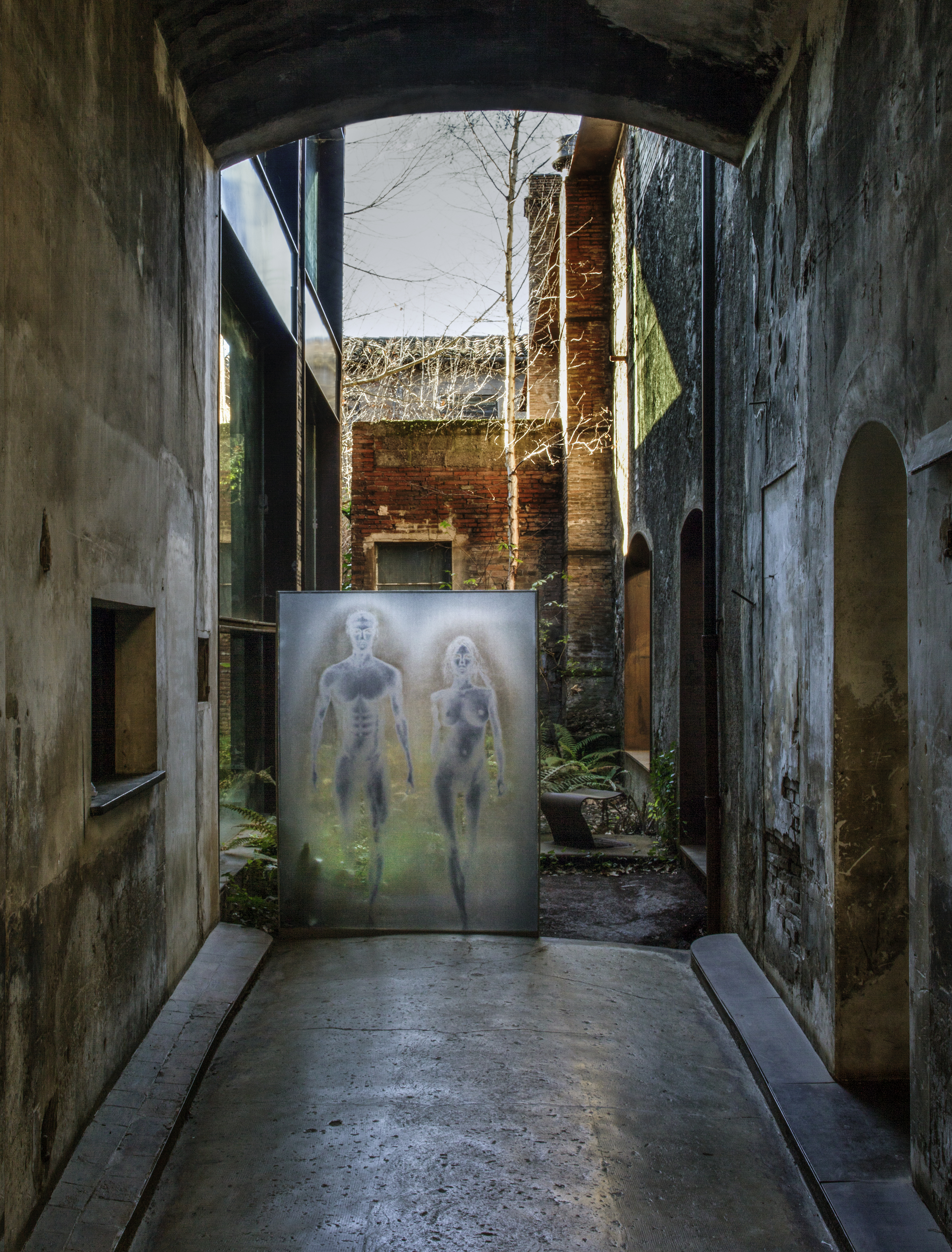
MATERIA: Tell us about your design studio now.
RCR: We are a core of 12 people, including ourselves, which is complemented by a team of around 20 people. In a small town like Olot it is not easy to retain talent as we are far from urban centers like Barcelona, but we have a constant flow of requests for internships from all over the world, which gives us a freshness and new perspectives.
MATERIA: And what type of culture have you developed in your studio?
RCR: Our design culture is based on shared creativity. Instead of an obsession with authorship, we are interested in teamwork and a multidisciplinary approach. The talent that comes to us is formed by the projects we have underway. In order for their learning and contribution to be meaningful, we ask for stays of at least 6 months. In this way they are immersed in our way of working. Very strong bonds are created in the teams, both professionally and personally. For us, architecture has to be vital and we like to develop it as a deep research because we question everything.
MATERIA: How has your design studio evolved over the years?
RCR: We wanted to be consistent. And we have continued to follow our true north after the Pritzker Prize [2017]. We remain the same, natural and restless.

SOULAGES MUSEUM, PHOTOGRAPHY BY THEO COUTANCEAU-DOMINI
MATERIA: What have you learned about collaboration when working with three partners? Do you have different strengths and if so how have you found a collective harmony between your individual talents?
RCR: Working collaboratively has given us flexibility and the ability to improvise. It is also a constant exercise of respect for each other. On some occasions we have been compared to a jazz trio. We like this idea because in jazz there are a variety of talents and instruments that are able to create a piece together. All the contributions make for a richer melody. Each of us has a distinct personality, but we know how to play music together.
MATERIA: Your work has a strong sense of place. How do you get to know a new place that is totally unfamiliar to you?
RCR: The sense of place comes from our commitment to the landscape, whether natural or urban. And architecture has to be an organic part of the place where it sits. To get to know a new place we have to turn our body into a tool capable of registering all the information that this place gives us with all our senses. This capacity is what we try to promote in the workshops we give every summer in the RCR Summer Workshop and in workshops throughout the year in our area, La Vila. In this landscape that is just 10 minutes away from Olot, we are creating a research center to promote the reading of the place. As Luis Barragan used to say: “Don’t do what I did, see what I saw”. In other words, everyone has to discover their own personal view so that their project has a soul. He must feel the place from his own being.
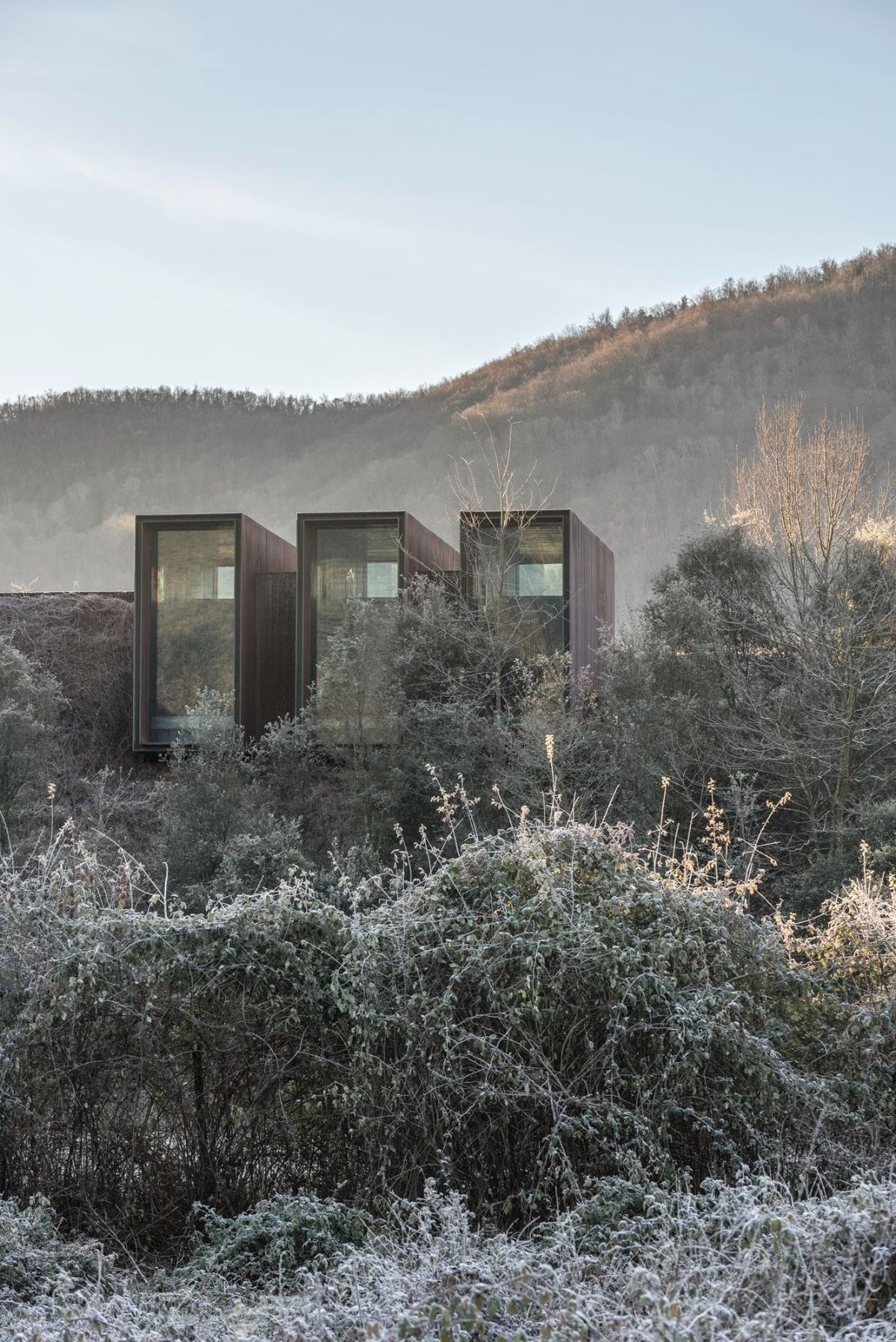
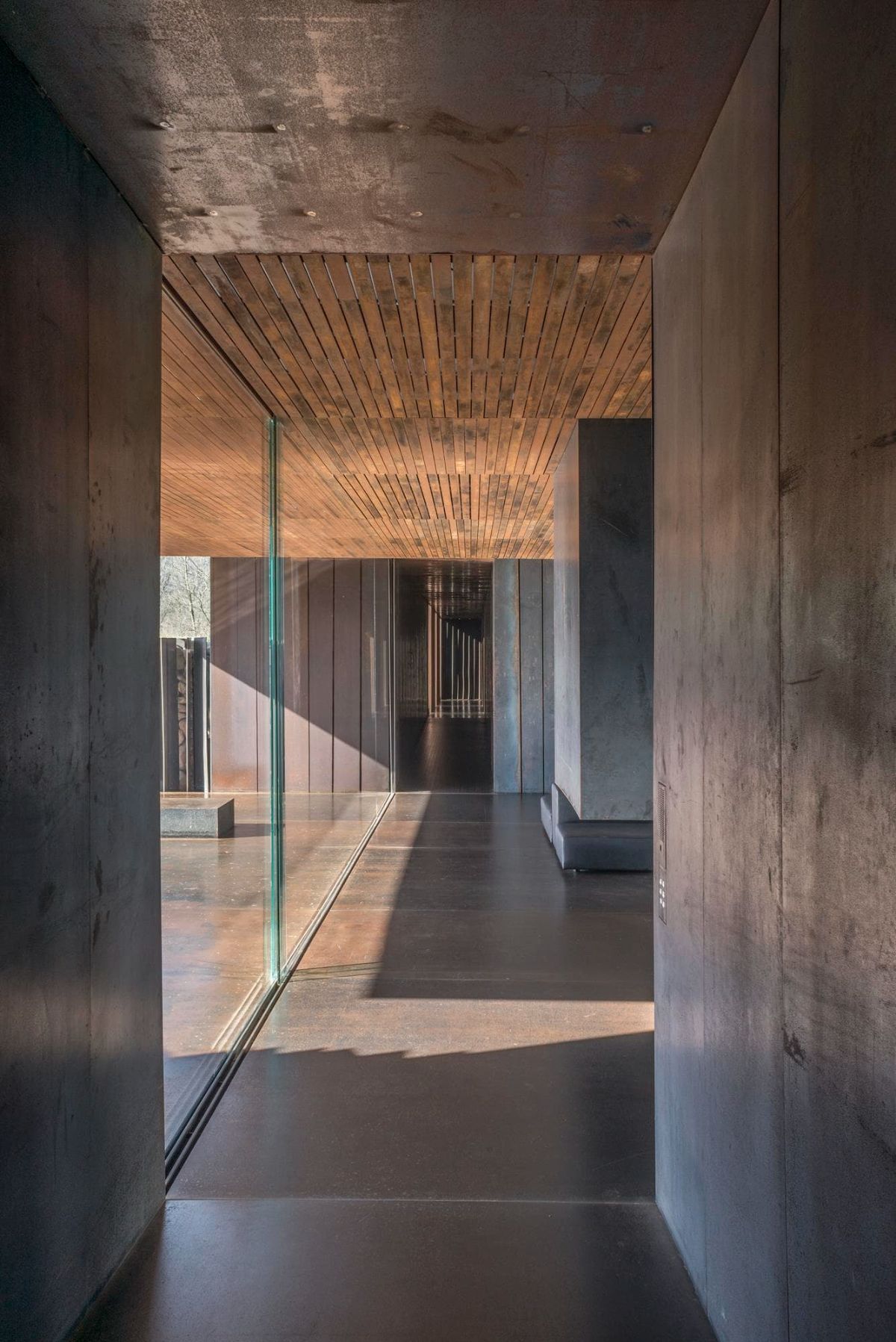
MATERIA: Your book RCR: Works on Paper explores a central part of your studio’s creative process: illustration. How does drawing fit into your creative process?
RCR: With ink gouaches, the essence of a still imprecise outline of a project can be abstracted. Ink gouaches are similar to the liquid world of dreams, they lend themselves to transparency, to layers, to veils—they do not commit to the final result while seducing during the process that will lead to the materialization of the space, the capture of the memory of an atmosphere, with its densities, colors and material qualities.
MATERIA: Your sketches are truly pieces of art. Can you talk about the relationship between art and architecture?
RCR: Daniel Giralt-Miracle has pointed out that sketches are a free language, because both their genesis and their evolution are found in drawings and in our built work, which are in turn signs and symbols, forms integrated into their context and which do not renounce elegance, beauty and simplicity. It could be said that the relationship between art and architecture is marked by the ability to express itself from abstraction.


MATERIA: What advice would you give your younger self now after 30+ years navigating your architectural practice?
RCR: I will quote Mathias Goeritz who said that only by receiving emotions from architecture, man can once again consider it as an art. We have sought an architecture that excites and that is possible if you connect body, mind and soul with what you do.
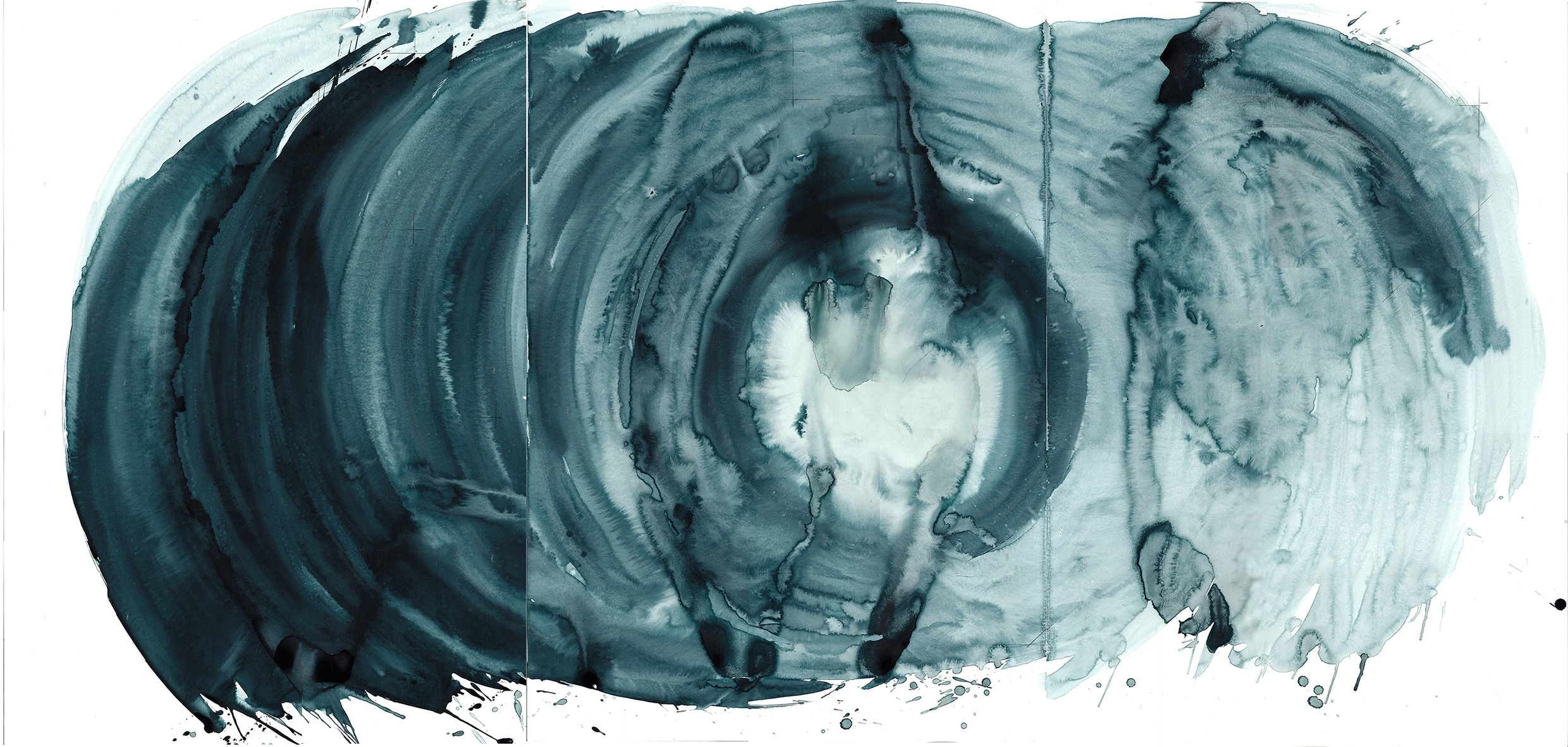
‘WORKS ON PAPER' SKETCHES. 103 ENIGMA RESTAURANT. BARCELONA, SPAIN, 2014-2016 INK WASH ON CANSON BASIK PAPER.


